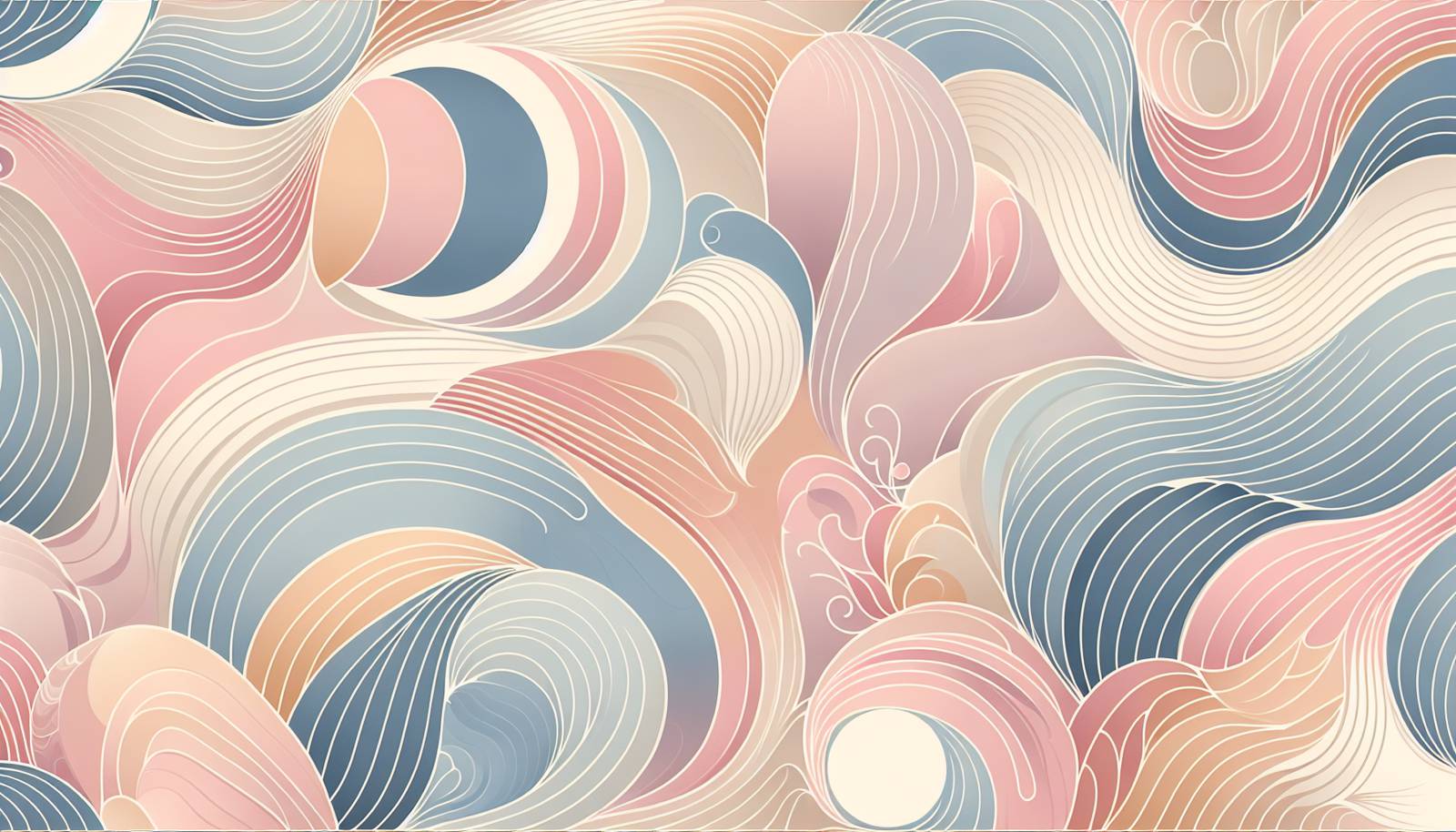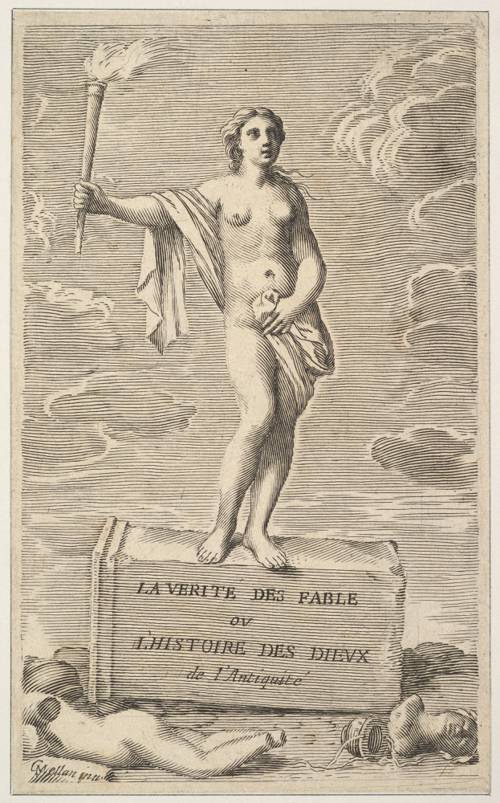
FAQ About Influence of Feminine Iconography in Art

What is feminine iconography in art?
Feminine iconography in art refers to the use of symbols, motifs, and themes that are associated with femininity or female characteristics. These can include representations of women, objects and symbols traditionally linked to women, and themes that explore aspects of womanhood and femininity. The interpretation of such symbols can vary greatly depending on cultural, historical, and social contexts.

How have feminine symbols in art evolved over time?
Feminine symbols in art have evolved significantly across different historical periods and cultures. In ancient cultures, feminine symbols were often associated with fertility, motherhood, or goddesses. During the Renaissance, the portrayal of women often focused on idealized beauty. In contemporary art, feminine iconography has expanded to include a variety of interpretations and critiques of traditional gender roles, embracing diversity, empowerment, and challenging stereotypes.

Why is feminine iconography significant in visual culture?
Feminine iconography is significant in visual culture because it helps to shape and reflect societal attitudes towards gender, identity, and roles. By exploring feminine themes, artists can challenge stereotypes, promote diversity, and provoke thought about the female experience. This iconography enables conversations around identity, empowerment, and social change, making it a powerful tool in historical and modern contexts.

What are some common symbols associated with femininity in art?
Common symbols associated with femininity in art include the Venus symbol (♀), flowers, mirrors, water, the moon, and depictions of female deities or mythological figures. Additionally, household objects, domestic scenes, and the depiction of motherhood are traditional symbols in art that have been associated with femininity. These symbols can vary widely in meaning depending on the cultural and historical context.

How does cultural context influence feminine iconography in art?
Cultural context plays a crucial role in influencing feminine iconography in art, as different societies have distinct views on gender and femininity. What is considered a feminine icon or symbol in one culture might be interpreted differently in another. Cultural stories, religious beliefs, historical events, and social norms all contribute to the way feminine symbols are perceived and used in art.

Can you provide examples of artists who use feminine iconography in their work?
Many artists have utilized feminine iconography in their work. Frida Kahlo is known for her exploration of identity and gender through self-portraits and symbolic imagery. Georgia O'Keeffe's floral paintings are often interpreted as symbolizing femininity. Cindy Sherman uses photography to explore the roles and perceptions of women, while Judy Chicago's installation 'The Dinner Party' embodies feminist art to its core. These artists, among others, have brought feminine iconography into the forefront of art discussions.

How has feminine iconography impacted societal views on gender?
Feminine iconography in art has shaped societal views on gender by both reinforcing and challenging traditional gender norms. By depicting feminine symbols and themes, artists can highlight women's issues, celebrate feminine identity, and critique societal expectations. This engagement can lead to greater awareness and understanding of gender complexities, inspiring discussions about equality, identity, and social change.

What role does feminist art play in redefining feminine iconography?
Feminist art plays a pivotal role in redefining feminine iconography by questioning and reshaping traditional representations of women. Feminist artists often challenge stereotypes and promote empowerment, diversity, and equality through their work. By doing so, they create new narratives and meanings for feminine symbols, urging society to reflect on gender roles and expectations.

How do artists use feminine symbols to convey empowerment?
Artists use feminine symbols to convey empowerment by reinterpreting traditional iconography in ways that celebrate strength, resilience, and independence. By highlighting themes of empowerment, artists can challenge passive representations and instead depict women as active, influential figures. This approach can empower viewers and motivate discussions about gender roles and the celebration of femininity.

What are some misconceptions about feminine iconography in art?
Some misconceptions about feminine iconography in art include the belief that it is limited to representations of beauty and motherhood or that it adheres to stereotypical gender roles. In reality, feminine iconography encompasses a diverse range of themes including power, resilience, and complexity. It challenges conventional narratives and seeks to broaden the understanding of femininity and gender identity.

How do religious themes integrate with feminine iconography in art?
Religious themes often integrate with feminine iconography in art through depictions of goddesses, saints, and other spiritual figures. These representations can explore themes of divinity, spirituality, and power associated with female figures. The Virgin Mary is a prominent example, embodying ideals of purity and motherhood, and often serving as a symbol of feminine strength and devotion.

In what ways does modern technology influence feminine symbols in art?
Modern technology influences feminine symbols in art by providing new mediums and platforms for expression. Digital art, photography, and social media allow artists to reinterpret feminine iconography in contemporary contexts and reach wider audiences. Technology also facilitates collaborative and interactive forms of art, encouraging new conversations around femininity and gender identity.

How do feminine symbols vary across different cultures in art?
Feminine symbols vary widely across cultures, influenced by unique historical, religious, and social factors. In Western art, Venus and the Madonna often represent femininity, while in Eastern art, goddesses like Lakshmi or Kannon can embody feminine qualities. Each culture brings its own imagery and meanings to feminine symbols, reflecting diverse understandings of womanhood and femininity.

What impact does feminine iconography have on identity formation?
Feminine iconography impacts identity formation by offering visual cues and narratives that individuals use to understand gender roles and their own identities. Through exposure to diverse portrayals of femininity, people can explore and negotiate their own gender identities, leading to self-discovery and empowerment. Art serves as a mirror to societal norms while also providing alternative perspectives on identity.

Are there masculine symbols that contrast with feminine iconography in art?
Yes, there are masculine symbols in art that often contrast with feminine iconography, focusing on themes like strength, dominance, and heroism. Common masculine symbols include weapons, armor, and depictions of male mythological figures or heroes. The interplay between masculine and feminine symbols can highlight the dynamics of gender roles and provoke discussions on balance and equality in society.

What role does myth play in feminine iconography?
Myths play a significant role in feminine iconography by providing narratives and archetypes that shape the depiction of women and femininity in art. Ancient myths featuring goddesses, heroines, and mythical women often explore themes of power, beauty, and wisdom. These stories influence artistic representations and contribute to the cultural understanding of femininity and gender roles.

How do contemporary artists challenge traditional feminine iconography?
Contemporary artists challenge traditional feminine iconography by subverting stereotypes and exploring broader concepts of gender identity and roles. They may use mixed media, performance art, or digital platforms to question outdated narratives and propose new interpretations. By breaking norms and encouraging inclusivity, these artists aim to redefine femininity in a more nuanced and empowering way.

Can feminine iconography in art influence fashion and design?
Yes, feminine iconography in art can influence fashion and design, serving as a source of inspiration for patterns, themes, and representations of femininity. Designers may draw from historical feminine symbols or contemporary interpretations to create clothing, accessories, and interior designs that embody aspects of femininity, thus further cementing their cultural significance.

How does the portrayal of femininity in art affect gender stereotypes?
The portrayal of femininity in art affects gender stereotypes by either reinforcing traditional roles or challenging them. Positive representations can showcase diversity and strength, promoting an inclusive understanding of femininity. Conversely, rigid or simplistic portrayals may perpetuate stereotypes, reinforcing limited views of gender roles. Artists often strive to challenge these norms, broadening societal perspectives.

What is the future of feminine iconography in art?
The future of feminine iconography in art is likely to continue evolving as artists increasingly incorporate diverse, intersectional perspectives into their work. As societal attitudes towards gender and identity become more inclusive, feminine iconography will reflect these changes, potentially leading to more varied and empowered representations. Emerging technologies and global dialogues will also play a role in shaping future interpretations.
